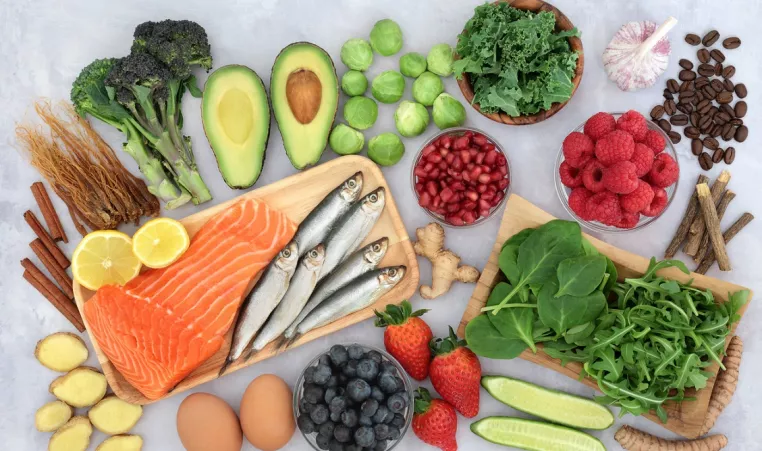Arthritis, Inflammation & Nutrition

Arthritis is the inflammation and sensitivity of one or multiple joints. Symptoms associated with arthritis tend to escalate with age - and may include pain, stiffness, swelling, redness, and decreased range of motion.
The onset of arthritis is linked to a variety of factors including genetics, body composition, smoking, occupation, diet and more. Food is an important tool to manage arthritis symptoms because certain foods increase inflammation in our bodies.
Which foods trigger inflammation?
Unfortunately, there are quite a few. To reduce inflammation in the body, experts advise steering clear of red meat, processed meat (lunchmeat), refined baked goods, bread and pasta that is made with white flour, fried foods, foods high in added sugar, sugary drinks and food with trans-fat.
To decrease inflammation, opt for preparing meals by baking, steaming or quick stir-frying - instead of deep frying or grilling. You can also control inflammation by selecting certain foods over others.
What's an Anti-Inflammatory Diet?
Though there isn't a singular anti-inflammatory meal plan to follow, experts suggest that adopting a generally healthy eating regimen can aid in alleviating inflammation and promoting overall well-being.
Specifically, aim to incorporate gut-healthy foods and those that contain Omega-3 Fatty Acids, Fiber and Vitamin C. If you aren't sure where to start, try substituting foods that you currently eat with ones that are less likely to cause inflammation. Find specific food substitutions from Johns Hopkins Medicine.
Anti-inflammatory Recipes!
With any nutritional plan, we like to focus on what you CAN eat, instead of what you cannot. There are many healthy and delicious options to reduce inflammation. Below are a few that you can try.
- Blueberry Almond Chia Pudding
- Spinach-Avocado Smoothie
- Carrot Cake Energy Bites
- Matcha Green Tea Latte
- Garlic Roasted Salmon & Brussels Sprouts
- Turmeric Rice Bowl with Veggies & Chickpeas
Adopting an anti-inflammatory diet might appear daunting. But, we recommend that you make small, gradual changes - which can lead to healthy lifestyle norms over time.